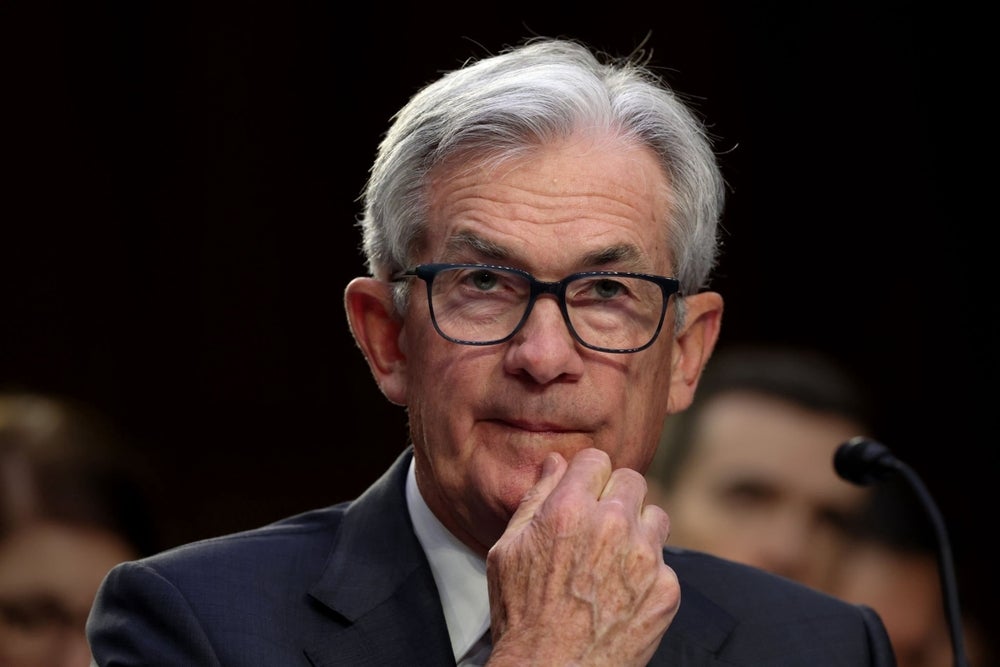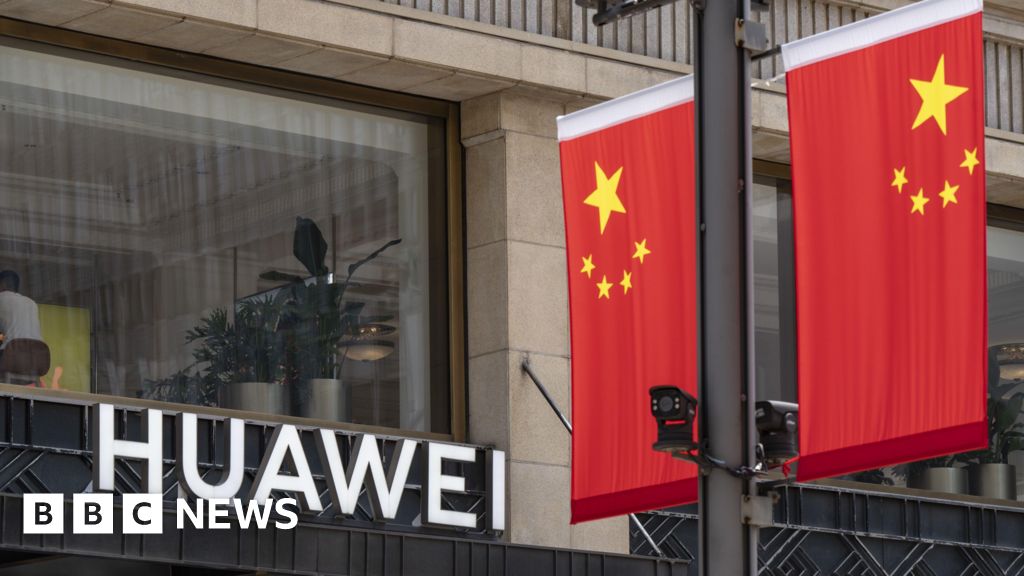courtesy of Getty Images
courtesy of Getty Images
Key Takeaways: Crude oil prices in the United States have risen to a six-year high above $76 a barrel.
Gold is also rising as the US currency falls and rumors of central bank purchases picks up.
Central bank gold purchases in May were 43 percent higher than the YTD monthly average, according to the World Gold Council.
It’s time to get back to business and markets now that the fireworks have gone off and the flags have been lowered.
As the week following Independence Day begins, crude oil and energy stocks appear to be a key part of today’s trade. After OPEC and its oil-producing partners couldn’t agree on production increases at a time when the global economy is regaining its footing, the US benchmark touched a six-year high above $76 per barrel.
If oil prices continue to climb, gasoline costs could rise throughout the summer driving season in the United States, placing further upward pressure on inflation and putting strain on business profits and household budgets. That would be bad for consumer discretionary stocks like shops, and higher oil costs would be bad for industries that use a lot of fuel, such airplanes, manufacturers, and package delivery services.
Higher oil prices, on the other hand, are excellent for oil producers, and energy companies such as ConocoPhillips (COP), Occidental Petroleum (OXY), and APA Corp. (APA) are experiencing solid gains even as futures suggest the major indices will open flat.
In other commodities news, gold prices climbed back above $1,800, aided by a falling dollar. Gold regained the $1,800 mark after news from the World Gold Council that central bank gold purchases in May were 43 percent more than the year-to-date monthly average.
ADDITIONAL INFORMATION FOR YOU
Despite the fact that it is a short week, investors may begin putting on their summer positions this week now that the holiday is over. They may see it as a good time to position themselves for how they see the global economy playing out and what they anticipate corporate earnings will do in the following weeks, given the lack of guidance from economic statistics.
You might want to keep a watch on the Cboe Volatility Index as we move into a more realistic trading environment than the pre-holiday market (VIX). It’s a little higher this morning, but it’s still under 16.
Last week finished on a high note with a better-than-expected employment report showing 850,000 new jobs in June, indicating that economic growth will continue when the United States reopens.
With unemployment at a high-ish 5.9% and early weekly jobless data continuing worrying, it appears that investors and traders are betting that the Fed will maintain its ultra-accommodative approach, complete with asset purchases and a low policy interest rate, for a lot longer.
This reminds me of the Goldilocks scenario from my childhood. We were talking about strong economic growth and low inflation at the time. Now we’re talking about a strong economic rebound, temporary inflation that the Fed expects, and a central bank that’s been highly supportive of equities.
On Friday, rates on the 10-year Treasury note and the 30-year Treasury bond fell due to expectations of a dovish Fed. Even though reduced inflation forecasts reflected in those yields helped support mega-cap growth firms, this put some pressure on the Financials sector. The Information Technology industry led the way higher, followed by Consumer Discretionary and Communication Services.
On the economic front, this week is relatively quiet. The Fed minutes from its most recent meeting will be released tomorrow, which is likely to be the most important event of the week.
Last time, the Fed threw a surprise by implying that it might become more hawkish. The minutes may provide a more in-depth look at what Fed officials discussed behind closed doors.
In earnings news, keep an eye on Levi Strauss (LEVI), a reopening play, as it opens its books after the close on Thursday. These days, the denim jeans manufacturer is far from distressed. As of Friday, shares were up more than 26% year to date, closing at $27.46, well over the pre-pandemic 2020 high.
The business previously raised its fiscal first half 2021 reported net revenue forecast to 24 percent -25 percent growth compared to the first half of 2020. As a result, investors may have high hopes for this week as the retail sector, like the global economy, improves.
It will be interesting to see how the company manages its e-commerce business in the coming months, as retailers who excel at direct-to-consumer sales may have a better chance when brick-and-mortar sales decline, a trend that is expected to persist far into the post-pandemic “new normal.”
THE DAY’S CHART: Gold futures (/GC) remain significantly lower than they were at the start of the year, despite recent gains. The precious metals market may be reflecting the belief that the current inflation is only temporary. See below for further information on gold. CME Group is the source of the information. The thinkorswim(R) platform provided the data for this graph. Only for the sake of illustration. Past performance isn’t a guarantee of future success.
CME Group is the source of the information. The thinkorswim(R) platform provided the data for this graph.
Gold begins to lose its luster. Regardless of Inflation: In the midst of all the discussion about inflation as raw material prices such as lumber, iron ore, gasoline, and copper rise, there’s one commodity that has been glaringly absent from the rally: gold. Old-school investors may be surprised by this, since gold has long been thought to be a good inflation hedge, with the belief that it will keep its value better than other investments over time. However, after beginning the year around $1,900 per ounce, gold is presently trading around $1,800. In the grand scheme of things, that isn’t a significant reduction in gold prices, which are notoriously volatile. However, given the inflationary backdrop, it’s a bit of a puzzle. In a letter, Peak Capital Management wrote, “Perhaps gold is failing because the market regards inflation as ephemeral.” “Investors may also be selecting other assets to hedge inflation, such as bitcoin or commodities in high demand (metals, oil).”
Upbeat Factory Orders: You could be forgiven for missing Friday’s factory orders report, which was overshadowed by the stronger-than-expected jobs report. While it’s usually a lower-priority matter in terms of trading importance, the report released last week revealed another another indicator of the economy’s improvement. Orders for manufactured goods grew 1.7 percent in May, matching the consensus forecast from Briefing.com. It was a significant improvement over the previous month’s downwardly revised 0.1 percent drop. “The key takeaway from the report is that orders for manufactured goods bounced back quickly after a small decline in April, the first in a year, implying that the April dip was a normal slowdown after a hot streak and that manufacturing activity is still recovering at a good clip,” according to Briefing.com.
Higher Cannabis Prices: Although cannabis stocks have performed well so far this year, they were significantly higher in the start of 2021. Investors appear to have believed there was more momentum for federal legalization at the time than they do now. Despite this, the New Cannabis Ventures Global Cannabis Stock Index is up nearly 30% year to date, and market drivers remain strong, according to the cannabis news and information company. Expanded capital access, new public companies, faster mergers and acquisitions, a larger pool of investors, market share gains for state-legal markets versus the illicit market, more states legalizing through the legislative process, progress at the federal level, an improving Canadian market, and a growing focus beyond North America are among them.
TD Ameritrade(R) commentary is provided solely for educational purposes. SIPC member./n

/https://specials-images.forbesimg.com/imageserve/60e45721c9581b61f6049065/0x0.jpg)



